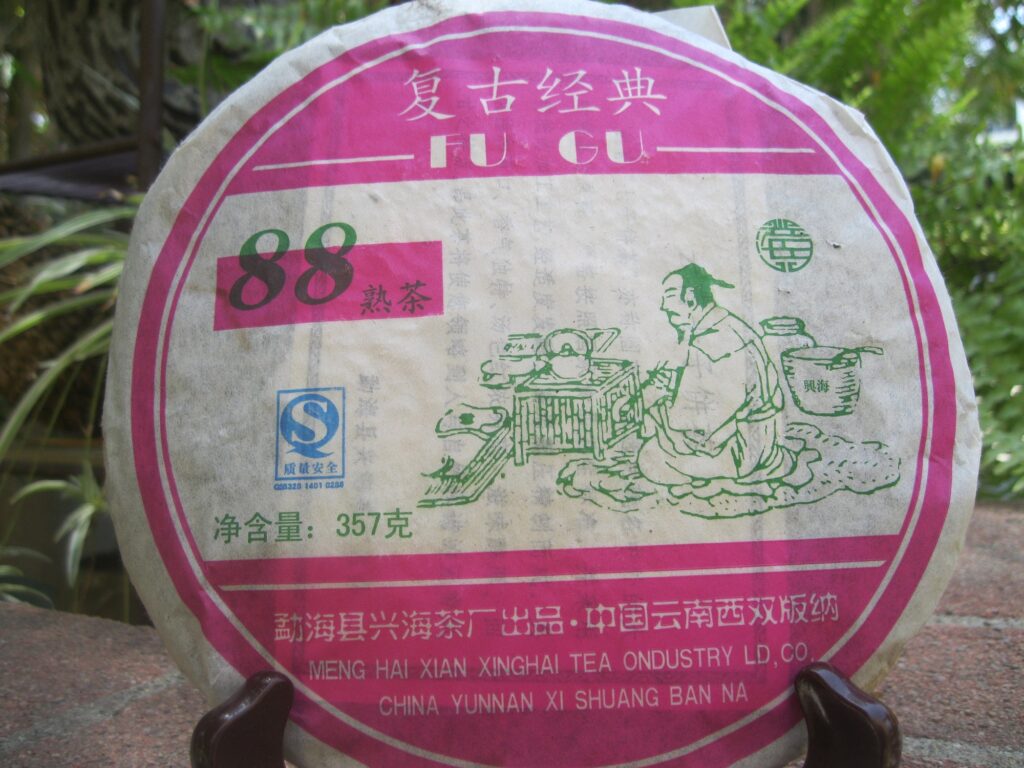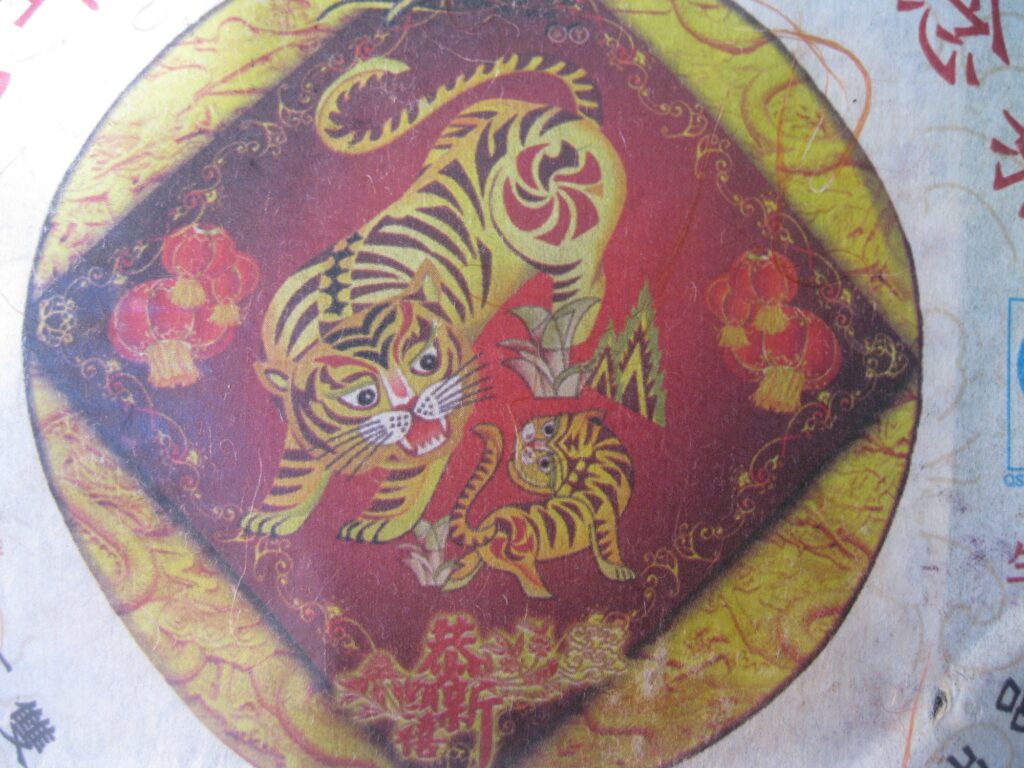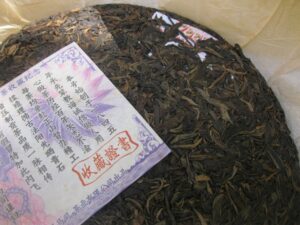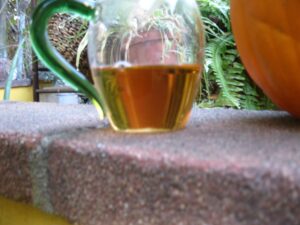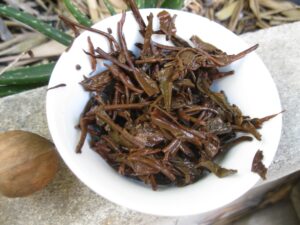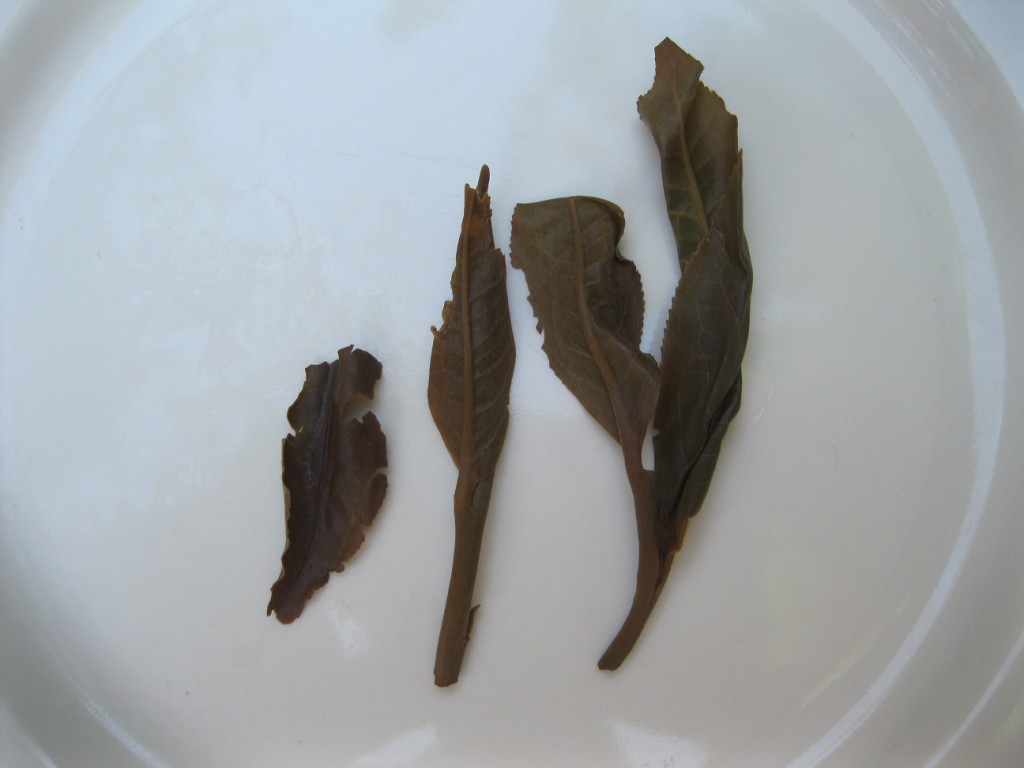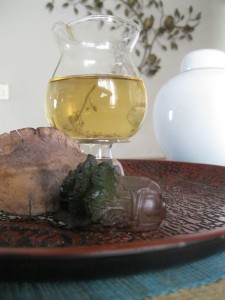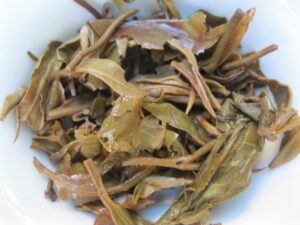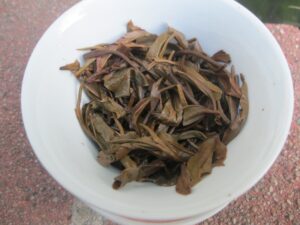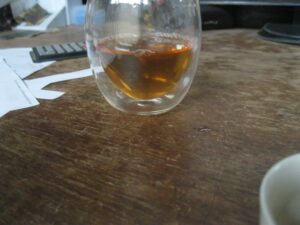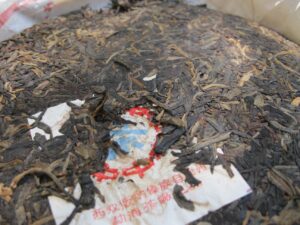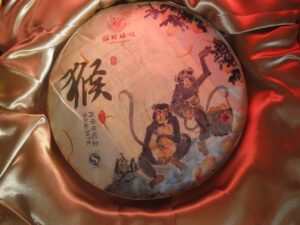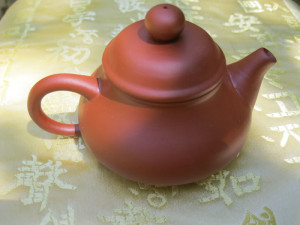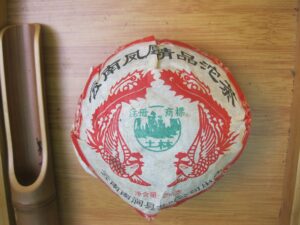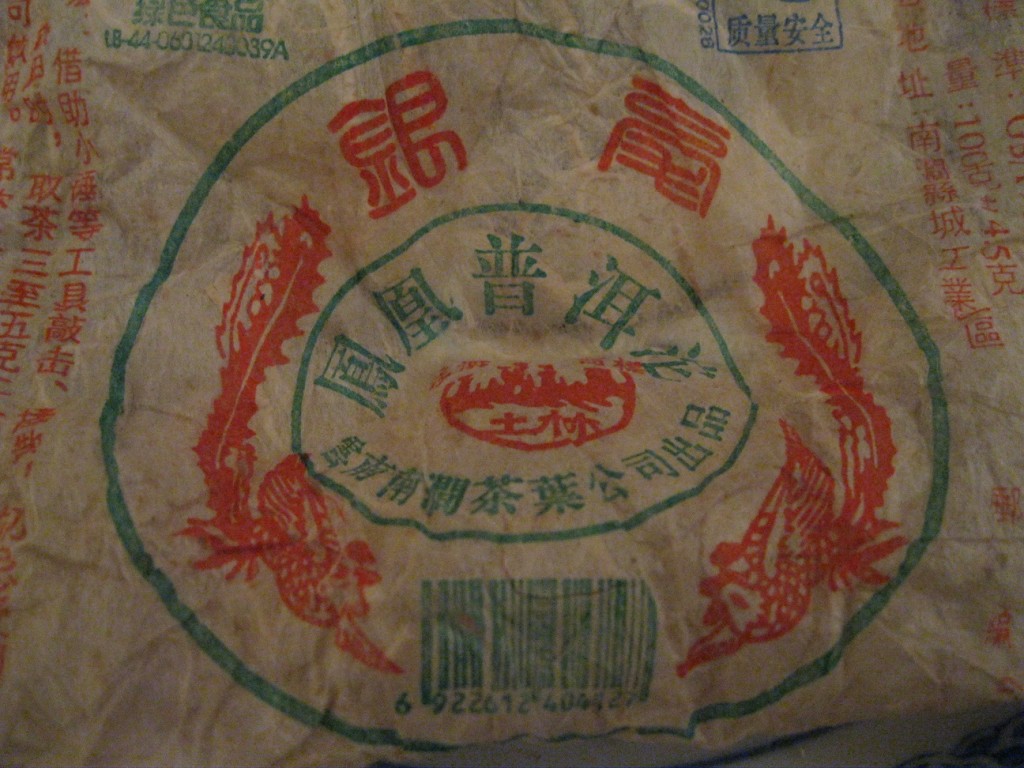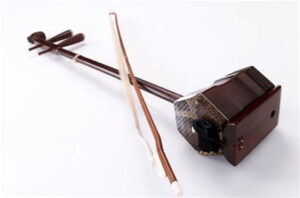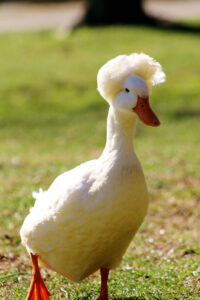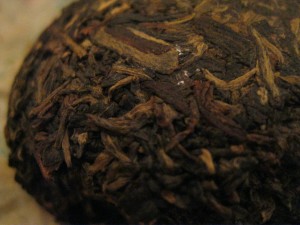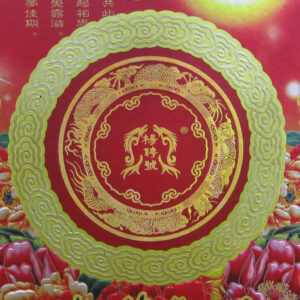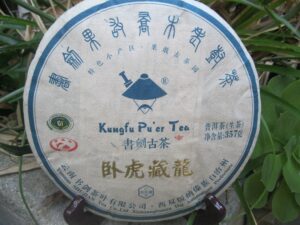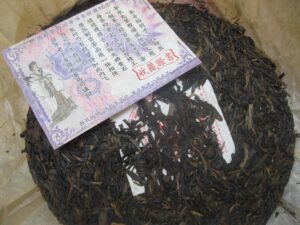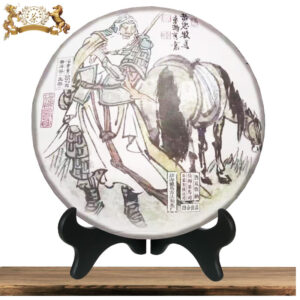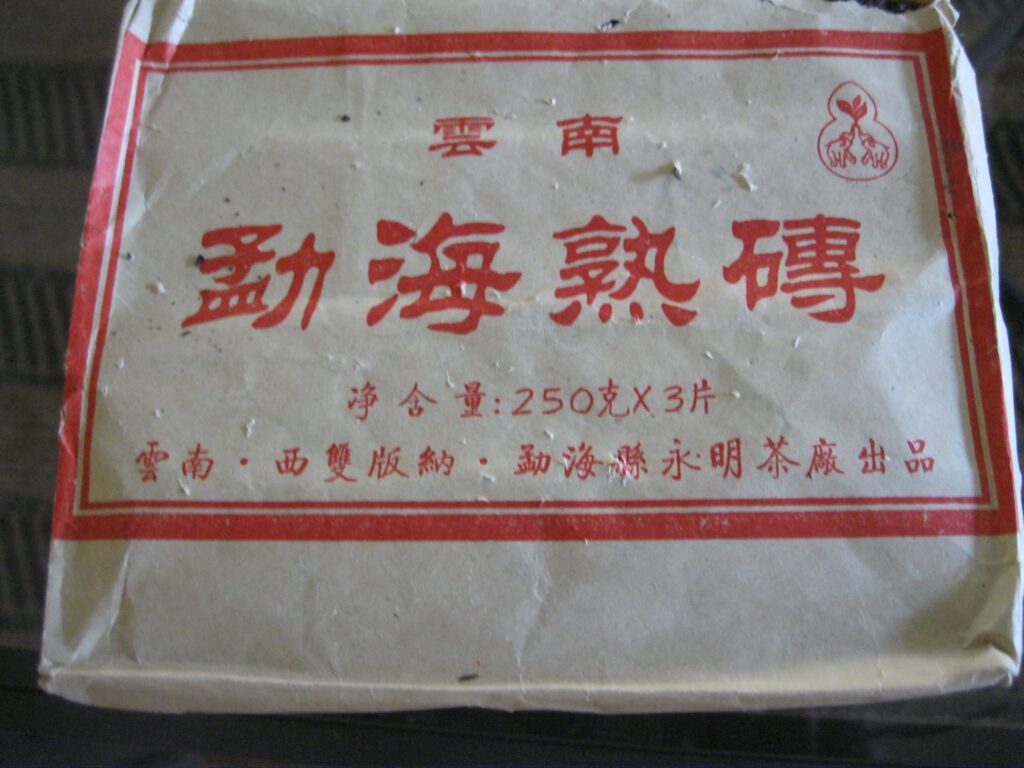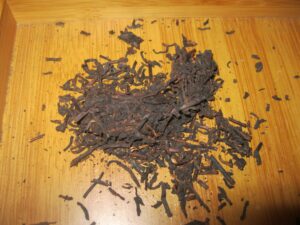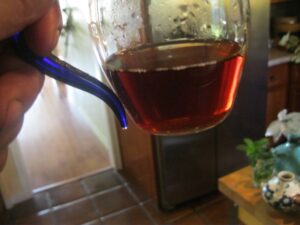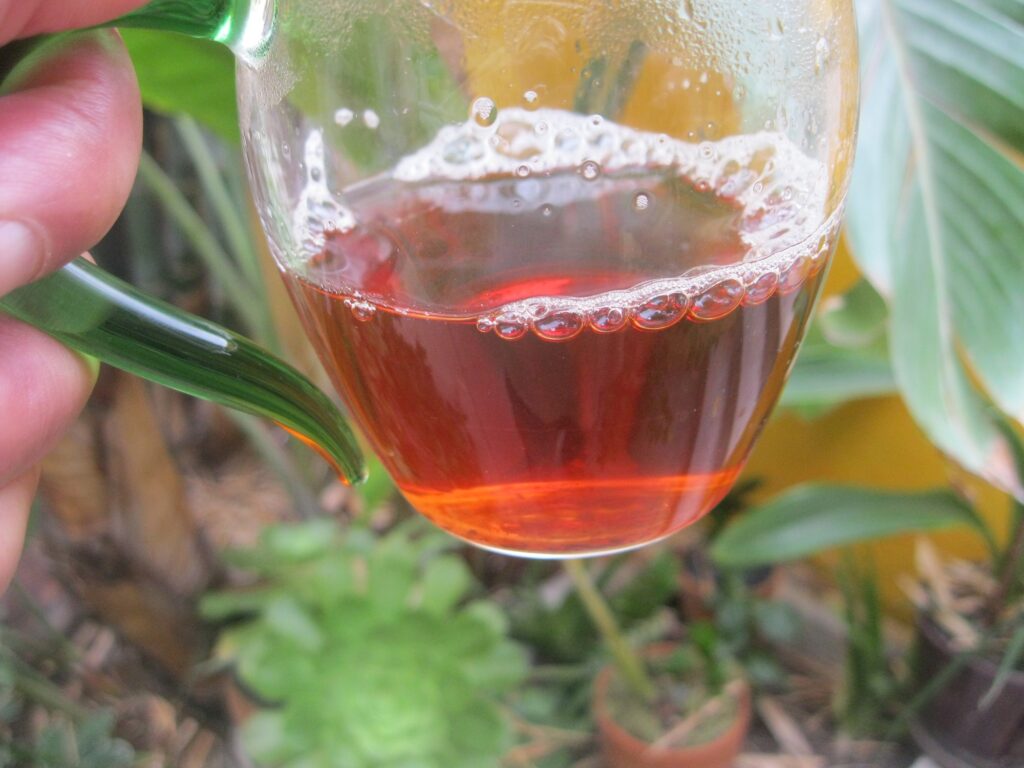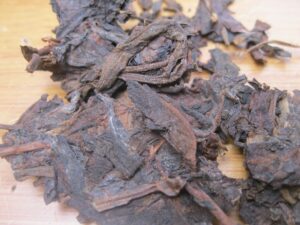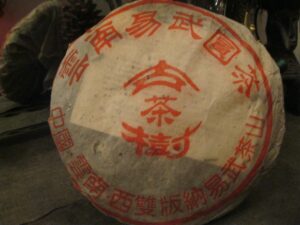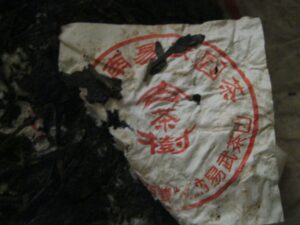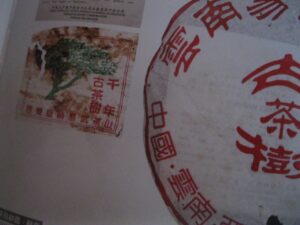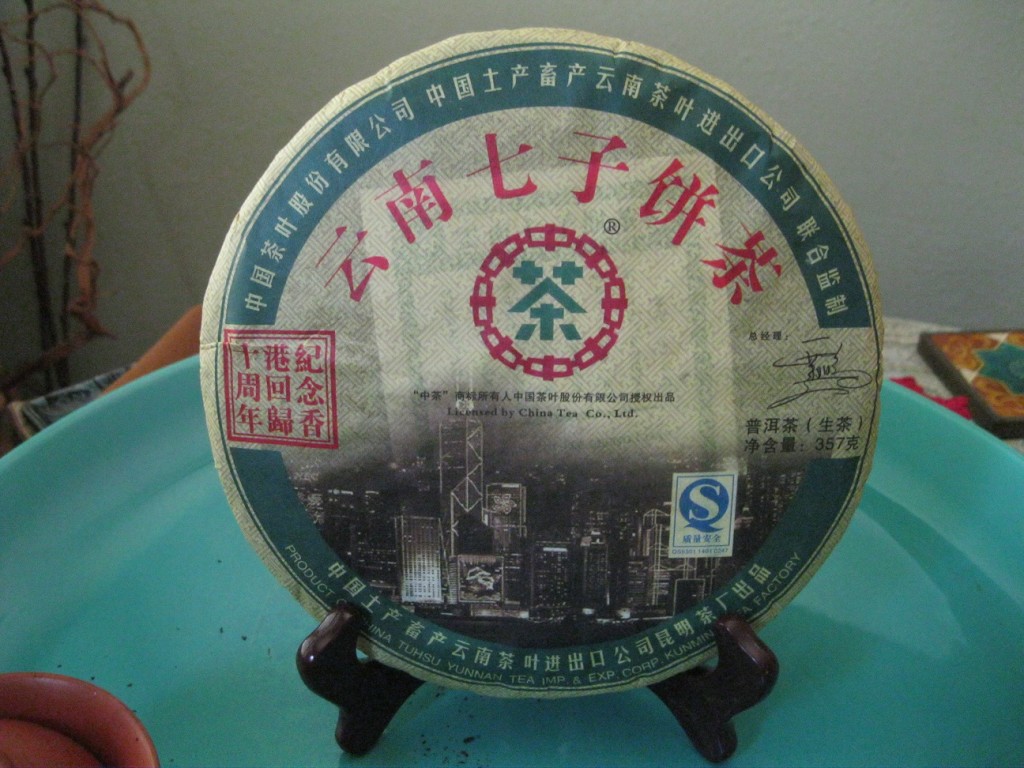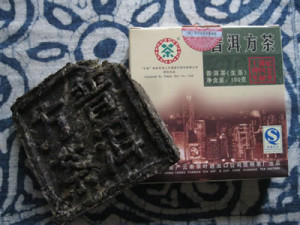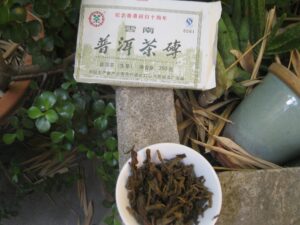Merlot Puerh Update
This is a quick Merlot Puerh Update. It’s good drinkin’. It strikes me as being a bit of XG Love Forever in its ripe version. Many heicha have this fruity note but can be rather hit or miss with ripe puerhs.
Although the berry note seemed to have been making an exit, perhaps the expression varies based upon the season. The berry is back in any event. Merlot doesn’t strike me as being a grandpa style production. There are layers of nuance better appreciated through proper gong-fu brewing. This includes an ever so delicate hint of sourness that fascinates the edges of the tongue. There’s also an element of minerality, no doubt due to the water I use, that only becomes evident in later infusions.
Merlot should be brewed hot but drunk at moderate temp, as with most ripes.
Finally, Merlot is among a number of Xinghai TF ripe puerhs in offered at one time or another. Their ripes are categorically satisfying with some like the Operation Macau Tuo being nothing short of amazing. There’s intention behind each production, as no two taste alike. Merlot takes the berry crown. The wrapper’s official title translates to “Restoring Tradition”. This might be why it is evocative of heicha.

